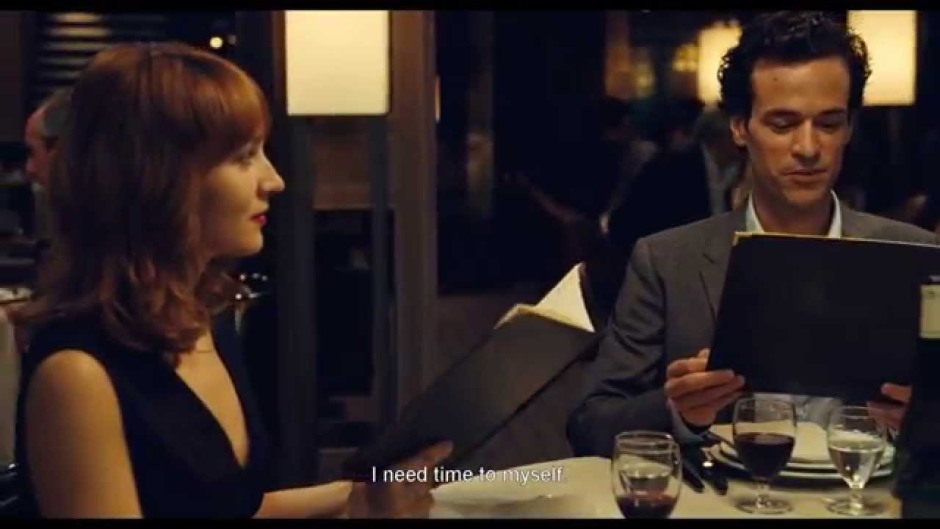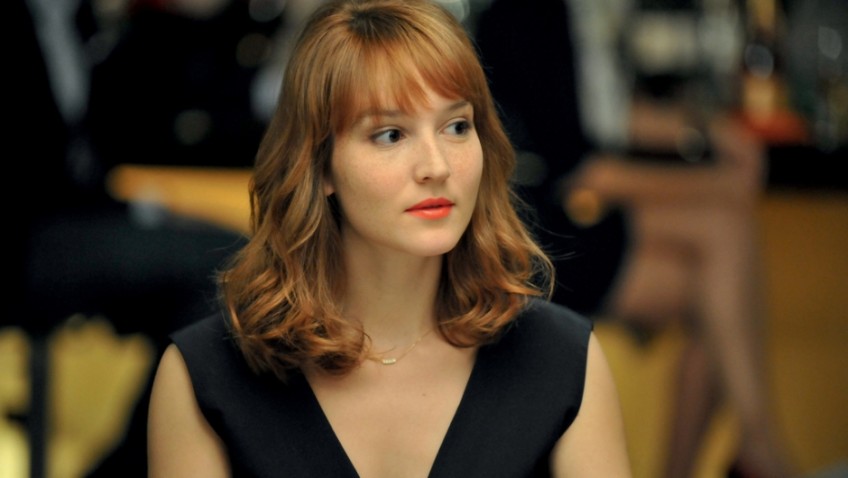Joyce Glasser reviews The New Girlfriend
The best cinematic adaptations of Ruth Rendell, who died last month at age 85, are by foreign filmmakers, including Pedro Almodóvar’s Live Flesh, Claude Miller’s Betty Fisher and Other Stories and Claude Chabrol’s The Bridesmaid and La Cérémonie.
Francois Ozon’s The New Girlfriend (Une Nouvelle Amie), loosely based on a Rendell short story, can be added to the list. That said, the gay filmmaker’s focus is not on murder most foul, but on sexuality most inchoate.
It would be difficult for Francois Ozon to top his 2012 masterpiece, In the House, but from The Swimming Pool to Time to Leave and Potache, his films are consistently entertaining, beautifully made and tantalisingly perceptive in subverting the stereotypes of gender, age and class.
Ozon might not set out to shock, but he certainly manages to provoke, and The New Girlfriend just does that in exposing the amorphous boundaries of sexuality and desire with an appropriate mixture of suspense, devilish humour, eroticism and compassion.
The film begins with a grieving husband, David (Romain Duris), contemplating the coffin of Laura (Isild Le Besco), whom he has apparently dressed in the wedding dress she had worn just a year before. In a long, silent background collage, we see two primary school friends, Laura and Claire, grow up to become inseparable friends, even marrying at the same time.
After Laura marries David, Claire (Anaïs Demoustier) marries the androgynously handsome Gilles (Raphaël Personnaz). Claire is as devastated at her best friend’s death as David, left alone in their new house with all his wife’s belongings and their infant child. When Claire goes to comfort David, she is also trying to comfort herself by immersing herself in Laura’s life.
 This is one film where a reviewer will be doing a disservice by revealing more than this by way of plot. We should experience the evolution of the relationship between Claire and David from Claire’s point of view if not our own.
This is one film where a reviewer will be doing a disservice by revealing more than this by way of plot. We should experience the evolution of the relationship between Claire and David from Claire’s point of view if not our own.
It might be safe to point out that, ss Ozon demonstrated so cleverly in In the House he can use cinematic references a lot more subtly than Quentin Tarantino. Another famous film character named Laura dies at the beginning of Otto Preminger’s film noir of the same name.
The detective investigating her murder becomes obsessed with the beautiful advertising executive’s image and all that he reads about her until, that is, he discovers that Laura is has returned reincarnated.
Ozon brilliantly develops this reincarnation thanks in part to one of Duris’ best performances. As David struggles to bring up his daughter and he and Claire find solace in one another’s company, desire, longing and a precarious kind of love infiltrates the bourgeois borders of their lives.
As tantalisingly as this is, the film is not without its flaws. Chief among them is the rather unconvincing collage in which we are shown the bond of iron that is forged through the years between the two girlfriends.
This sketch, which falls short of suggesting a lesbian relationship, fails to provide the emotional investment we need to appreciate what follows. Since we never get to know either woman we have to accept their relationship and imagine what the loss means.
That said, once this is over, Duris, Demoustier and Ozon’s script enable us to make up for lost time as we instantly accept their friendship and all that it entails. Where the script falls short is in probing a bit deeper into what Claire and David have in common that could flourish long after Laura’s hold on them starts to fade. Surely going shopping at the mall and choosing nail polish is a superficial (and stereotypical) pleasure that will grow tiresome very quickly.
The ending, too, is a disappointment. While it is not entirely clear, it seems that Ozon wants to leave us with a neat and happy ending as sketchy as the opening collage. Still, this is not enough to spoil a film that by crossing the accepted and limited boundaries of conventional sexuality, leave us all a bit more open to the possibilities of something else.
You can watch the film trailer here:




